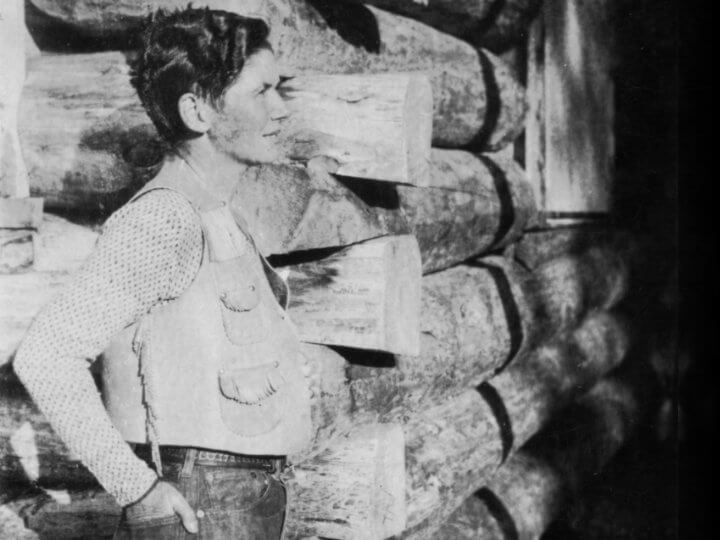
At the beginning of any book, a writer has a number of choices to make. Past tense, or present tense? What point of view (POV) to use for the narrator to relay events—first person, writing with “I” as the narrator as in memoir; second, rarely used in fiction but popular in nonfiction, with the word “you” (you were walking down the street when a man asked you to borrow 10 dollars…”); and third person, limited and omniscient.
Third person, omniscient: When I started writing Cockeyed Happy: Ernest Hemingway’s Wyoming Summers with Pauline, I began with an omniscient narrative format. That way, by flying above the story, the narrator could see everything that happened and have access to every character’s thoughts. But something wasn’t right. This was Ernest Hemingway; I had to be careful not to make any assumptions unless they were pegged to a source and fact.
Limited POV, Hemingway: So I decided to get inside just Ernest’s head. All research would come from his letters, from newspaper articles, from memoirs of his friends and family and from the bible of biographies written by Carlos Baker. I would pluck quotes from these sources that I could use in scenes to show what motivated Ernest during his time in Wyoming.
But then, driving back from the mountains with my friend Shari, a writer and memoir coach, we started talking about my book.
“What point of view are you using?” she asked—a technical detail that would only interest another writer.
“Limited, Hemingway,” I said.
“Just Hemingway?” she asked.
“Yes,” I said.
“Hmmm,” she said, nothing more. But that “hmmm” made me question my choice.
Limited POV, alternating chapters with Ernest and Pauline: Shari’s question planted a seed. Soon I heard a voice whisper, “What about me?” (figuratively, not literally). Pauline was with Ernest every summer in Wyoming. She rode and hunted and fished with him, and also edited his work during his most prolific years from 1928-1939. Yet she receives little credit to this day for her contribution. Most people don’t know about her: she was the “invisible wife,” wife number two, named a husband stealer. The more I read about her, the more I felt she’d been unfairly portrayed and her side of the story should be told. So I added chapters told from her POV.
Limited POV, alternating chapters with Ernest, Pauline, Bumby (Ernest’s son Jack) and various Hemingway friends: In my research, I found wonderful letters written from friends who had visited Wyoming with Ernest and also stories they had written about their travels to Wyoming in their memoirs. These tidbits were too rich to bypass so I sprinkled in some chapters with accounts from other guests. Think of it as Hemingway being the star, Pauline the supporting actress, and the guests as character roles.
In the end, I felt it was the right way to present a true picture of the events that transpired. I hope you will too. My book, Cockeyed Happy: Ernest Hemingway’s Wyoming Summers with Pauline, debuts September 1, 2021 (Chicago Review Press). Click here to receive email news of publication and pre-order opportunities.
Photo: Pauline Pfeiffer Hemingway in Wyoming
(via John F. Kennedy Presidential Library)